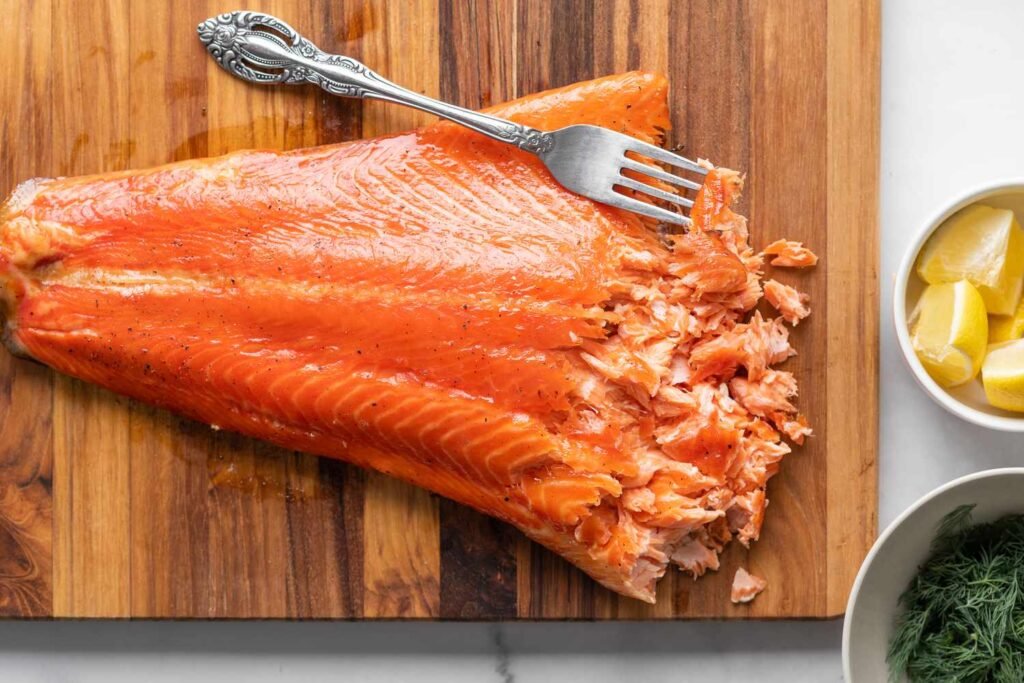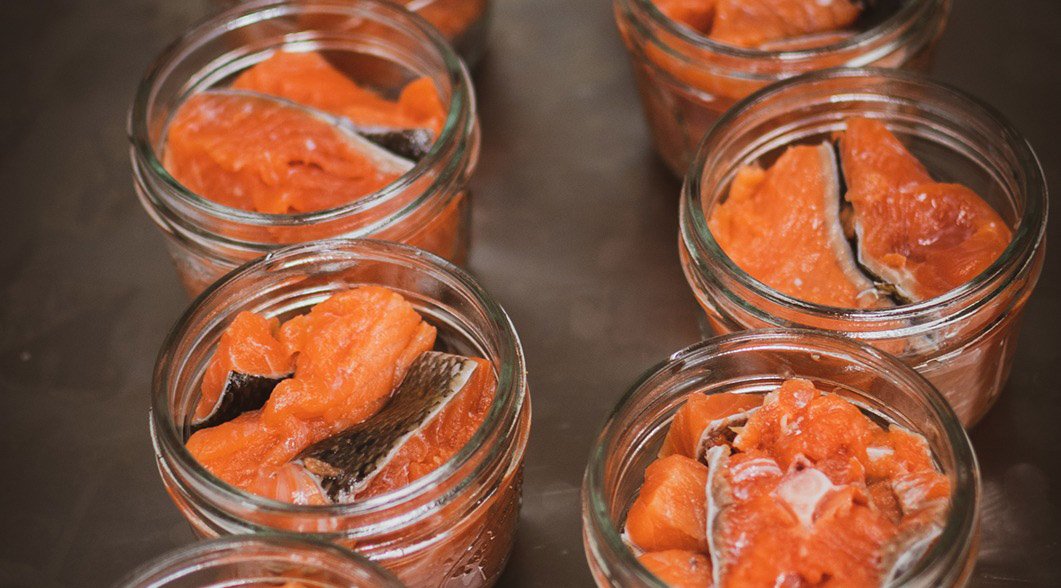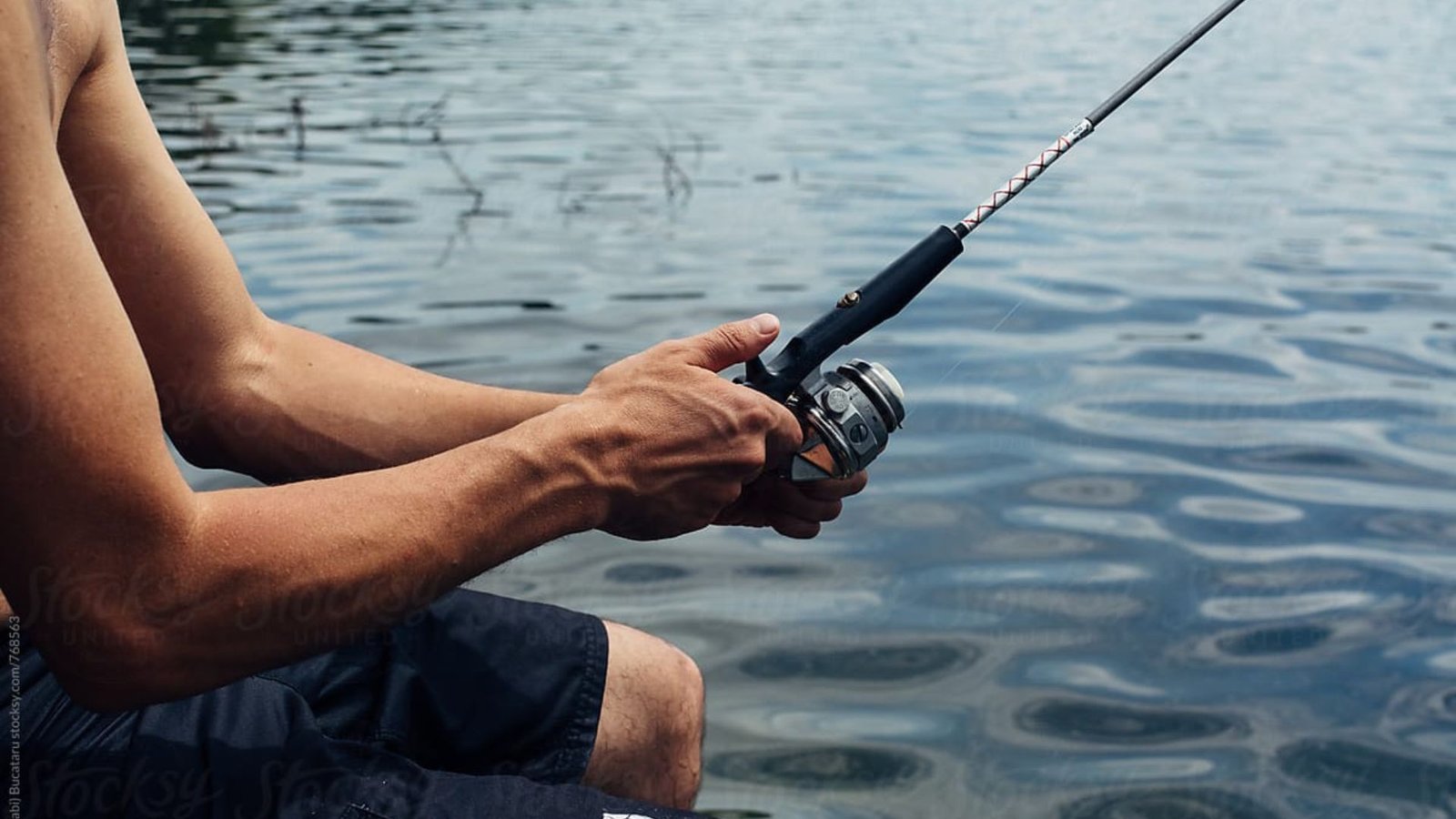Preserving salmon is a great way to enjoy this nutritious fish beyond its fresh state. Whether you have a bountiful catch or want to extend the shelf life of store-bought salmon, various preservation methods can help maintain its flavor and nutritional value. Here’s a comprehensive guide on how to preserve salmon effectively.

Preserving Salmon
Freezing Salmon
Freezing is one of the most common and effective ways to preserve salmon. It helps retain the fish’s texture and flavor while extending its shelf life.
Steps to Freeze Salmon:
Preparation:
-
- Start by selecting fresh salmon fillets or whole fish. Ensure they are cleaned and deboned.
- Pat the salmon dry with paper towels to remove excess moisture.Portioning:
- Cut the salmon into portion-sized pieces or leave it whole, depending on your preference.Packaging:
- Wrap each piece tightly in plastic wrap or aluminum foil to prevent freezer burn.
- Place the wrapped salmon in a heavy-duty freezer bag or vacuum-sealed bag. Remove as much air as possible to further protect against freezer burn.
- Cut the salmon into portion-sized pieces or leave it whole, depending on your preference.Packaging:
- Labeling:
- Label the bags with the date of freezing to keep track of storage time.
- Freezing:
- Place the salmon in the freezer. Properly frozen salmon can last for up to 6-9 months.
Tips:
- For best results, use a vacuum sealer to remove air from the packaging.
- Avoid refreezing thawed salmon as it can negatively affect its texture and taste.
2. Canning Salmon
Canning is a method that not only preserves salmon but also creates a ready-to-use product that can be stored for long periods.
Steps to Can Salmon:
- Preparation:
- Select fresh salmon, clean, and cut it into chunks. Remove bones and skin if desired.
- Prepare your canning jars by sterilizing them in boiling water.
- Packing:
- Pack the salmon chunks into the sterilized jars, leaving about 1 inch of headspace at the top.
- Add salt to taste (typically 1 teaspoon per pint jar). You can also add other seasonings like pepper or herbs.
- Sealing:
- Wipe the rims of the jars with a clean cloth to ensure there’s no residue.
- Place the sterilized lids on the jars and screw on the metal bands until fingertip-tight.
- Processing:
- Process the jars in a pressure canner according to the manufacturer’s instructions. Typically, salmon should be processed at 10-11 pounds of pressure for 100 minutes (pints) or 110 minutes (quarts).
- Cooling and Storing:
- Allow the jars to cool completely on a clean towel or cooling rack.
- Store the sealed jars in a cool, dark, and dry place. Properly canned salmon can last for up to 1-2 years.
Tips:
- Use a pressure canner rather than a water bath canner, as salmon requires high pressure to ensure safety.
- Check jars for a proper seal before storing.
3. Smoking Salmon
Smoking not only preserves salmon but also imparts a distinctive, delicious flavor.
Steps to Smoke Salmon:
- Preparation:
- Choose fresh salmon fillets or sides. Remove skin and bones if desired.
- Brine the salmon in a mixture of water, salt, and sugar for several hours to overnight. The brine helps in flavoring and preserving the fish.
- Drying:
- After brining, rinse the salmon and pat it dry with paper towels.
- Allow the salmon to air-dry on a rack until it forms a tacky skin, called pellicle. This usually takes 1-2 hours.
- Smoking:
- Preheat your smoker to a temperature of 150-180°F (65-82°C). Use wood chips such as alder or hickory for the best flavor.
- Place the salmon in the smoker and smoke it for 4-6 hours, depending on thickness, until it reaches the desired texture.
- Cooling and Storing:
- Allow the smoked salmon to cool completely.
- Store it in the refrigerator for up to 2 weeks or freeze for longer storage.
Tips:
- Ensure the smoker is well-ventilated to avoid any unpleasant flavors.
- Experiment with different wood chips and brine flavors to customize your smoked salmon.
4. Drying Salmon
Drying is a traditional method that reduces moisture to prevent spoilage and can create salmon jerky.
Steps to Dry Salmon:
- Preparation:
- Clean and slice the salmon into thin strips.
- Marinate the strips in a mixture of soy sauce, brown sugar, and spices for several hours.
- Drying:
- Arrange the marinated salmon strips on dehydrator trays or a baking rack.
- Dry the salmon at 145°F (63°C) for 4-6 hours until it is dry but still slightly flexible.
- Storing:
- Once dried, let the salmon cool completely.
- Store it in airtight containers or vacuum-sealed bags. It can last for several weeks at room temperature or up to 6 months if refrigerated.
Tips:
- Use a dehydrator for more consistent results, but an oven can also be used.
- Ensure that the salmon is dried thoroughly to prevent mold growth.
Conclusion
In conclusion, preserving salmon effectively allows you to enjoy this versatile fish year-round. Whether you choose to freeze, can, smoke, or dry it, each method offers unique benefits and flavors, ensuring that you have delicious salmon ready whenever you need it. Preserving Salmon.




